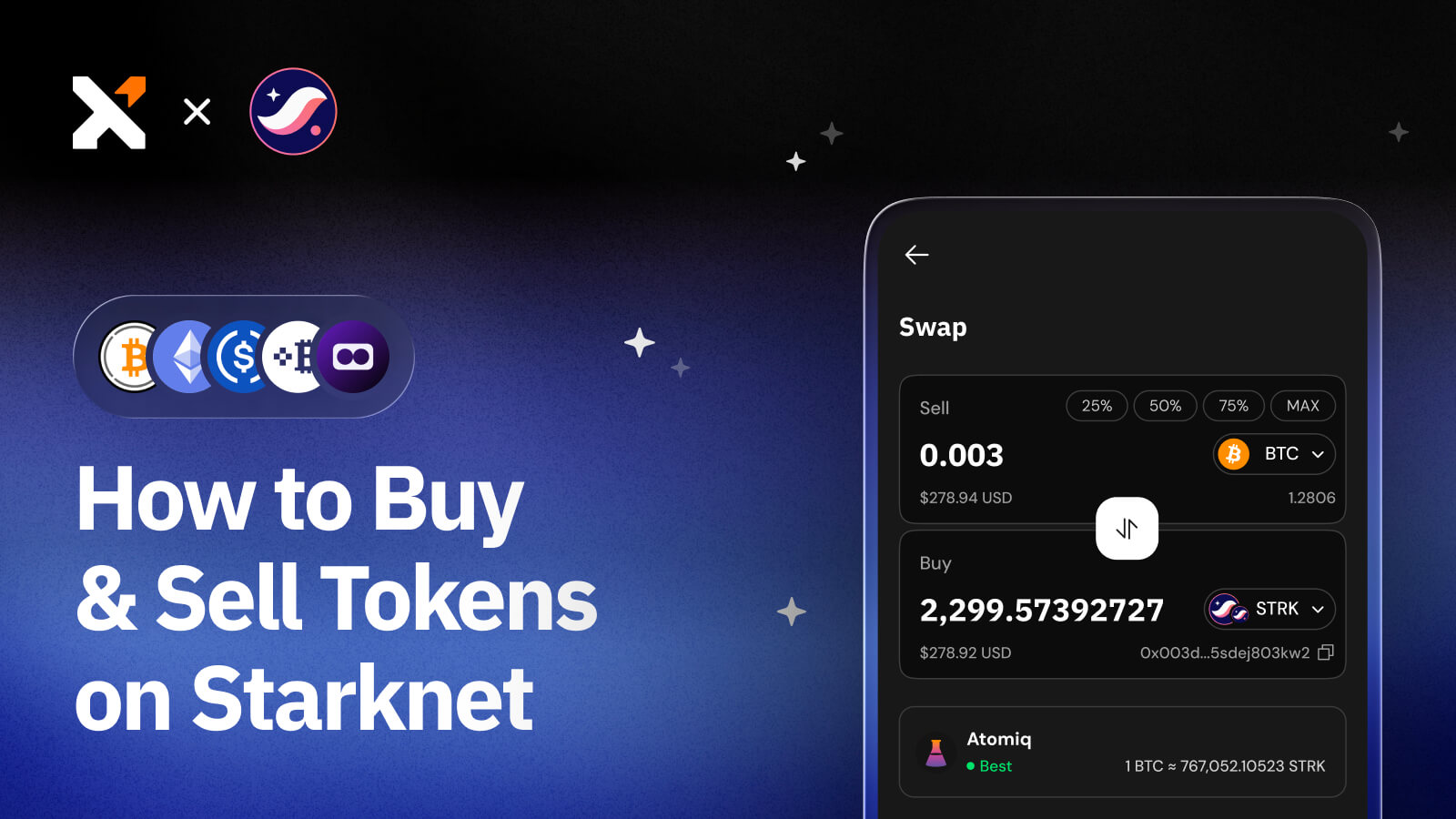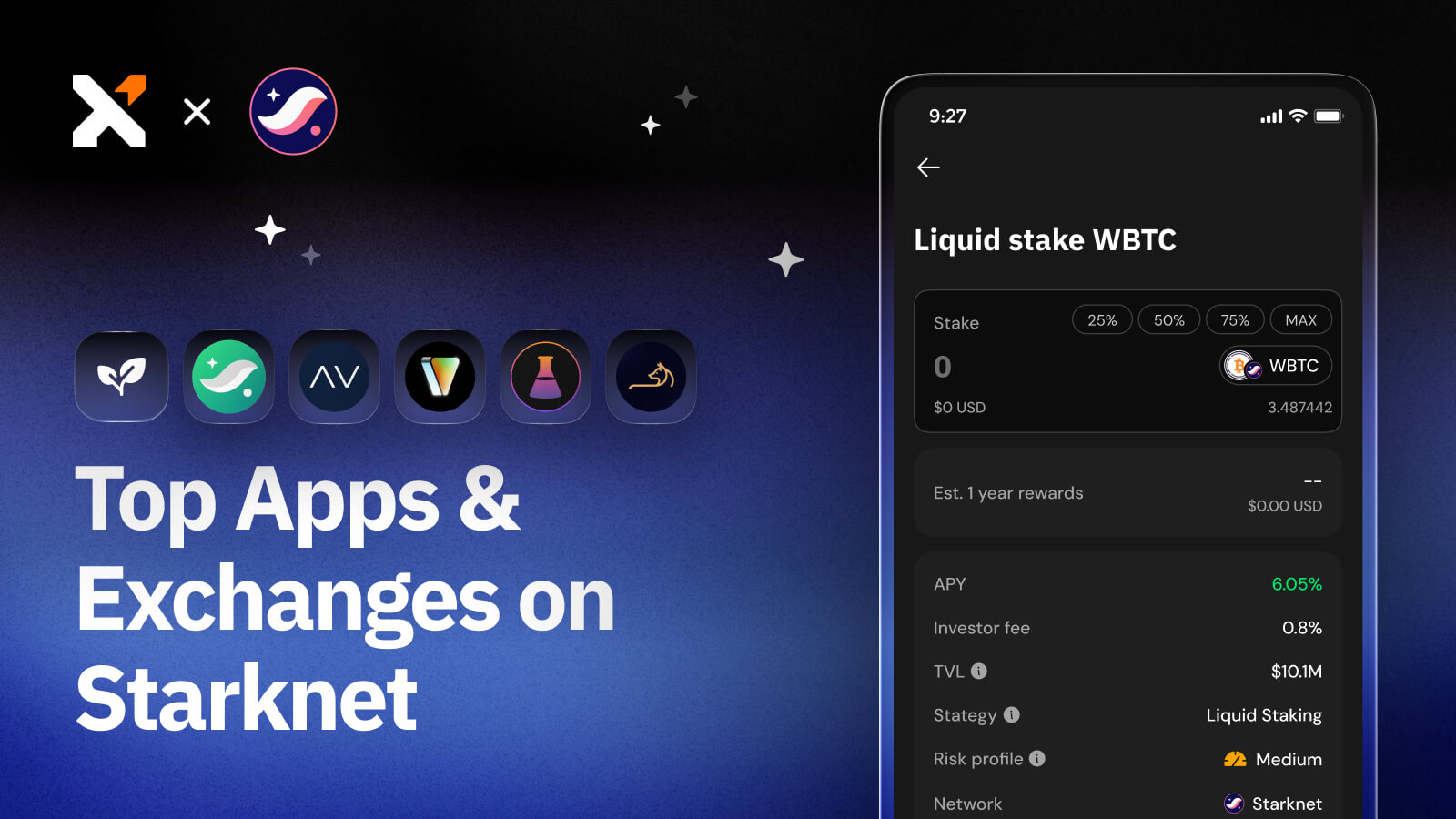What Are Recursive Ordinal Inscriptions? A Beginner's Guide
Learn how recursive inscriptions bring new capabilities to the Bitcoin Ordinals space by revolutionizing data storage on Bitcoin.

Sign up for updates!
Stay tuned to our latest news and updates
.svg)
When Ordinals emerged in early 2023, they immediately captured the interest of NFT enthusiasts. However, Bitcoin’s 4MB block size limit set a hard cap on the scope of Ordinals’ functionalities.
Recursive Ordinal Inscriptions take Ordinals to the next level by breaking free from the 4MB limit and opening up new pathways for interoperability for the Bitcoin ecosystem.
In this guide, you will learn about recursive ordinal inscriptions, how they work, and what they bring to the Bitcoin ecosystem.
What Are Ordinal Inscriptions?
Ordinal inscriptions are digital assets created on the Bitcoin blockchain by adding metadata onto satoshis, the smallest units of bitcoin.
Inscriptions are made possible by Ordinal Theory, a numbering scheme that enables individual satoshis (sats) to be inscribed with data, transferred, and tracked throughout the Bitcoin supply.
Inscriptions can appear as different types of digital artifacts, including videos, images, text, and more, enabling the creation of on-chain Bitcoin NFTs. Moreover, Ordinal inscriptions can also be used to create other types of digital assets, such as fungible tokens under the BRC-20 token standard.
Ordinal inscriptions can store up to 4MB of data, and all inscriptions are stored on the Bitcoin blockchain without the need for a new layer or any modification to the network.
What Are Recursive Ordinal Inscriptions?

Recursive ordinal inscriptions is a mechanism of retrieving data from existing inscriptions on the Bitcoin network and using that data to create new, unique inscriptions.
Initially, developers had to create Ordinal inscriptions from new data sets. Therefore, when creating files like NFT collections, projects had to upload unique features as individual files. This was seen to be a tedious process that also used up a lot of block space.
With recursive ordinal inscriptions, developers can instead call data from existing files, and use the data to create a new inscription, therefore saving on block space. This daisy-chaining of data allows recursive inscriptions to support complex software beyond the current 4MB block space limit.
How Do Recursive Ordinal Inscriptions Work?
Bitcoin inscriptions are stored permanently on the Bitcoin blockchain and were previously independent of one another. However, Bitcoin developers introduced recursive inscriptions to allow new inscriptions to borrow and reference the content of previous inscriptions.
Recursive inscriptions use a special syntax to interlink data through a series of calls and extract content to create new complex data structures on Bitcoin.
Developers can run complex software such as permissionless contracts entirely on-chain by daisy-chaining using Recursive Ordinal Inscriptions with Bitcoin blocks as the anchors.
As each inscription can reference other inscriptions on the network simultaneously. Therefore, larger data files can be split over several blocks, opening up numerous interoperability possibilities for Bitcoin. With the 4MB limit out of the way thanks to Recursive Ordinal Inscriptions, Bitcoin blocks may, in the future, support high-quality files, videos, 3D images, games, and gigabytes of data completely on-chain.
For instance, if you want to inscribe a high-resolution image, you can leverage pre-existing repositories of inscription to inscribe the image’s traits and graphics using code. Utilizing data that already exists on other inscriptions allows you to store files larger than the 4MB limit.
Recursive inscriptions optimize the storage efficiency of digital artifacts on the Bitcoin network and save creators' costs by reducing transaction fees. The lower fee is due to the reduced original data size required to create an inscription. These inscriptions also offer greater digital asset flexibility without storing duplicate files or employing new cryptography.
Currently, recursive inscriptions are considered basic as developers figure out how far they can build the inscription functionalities. Projects like OnChainMonkey (OCM) already use recursive inscriptions to inscribe various data packages as Ordinals, enabling them to create 3D NFT art on Bitcoin by making calls to those packages.
Bitcoin Magazine also inscribed their latest edition’s front and back cover for “The Withdrawal Issue” using Recursive Inscription to tie together 20 inscriptions with no quality loss.
The Benefits & Drawbacks of Recursive Inscriptions

Recursive inscriptions, just like Ordinals, have garnered a lot of attention from the Bitcoin community. While some are excited about its potential, others are hesitant to back an idea that hasn't been extensively explored.
Let’s look at the benefits and drawbacks of recursive ordinal inscriptions.
Benefits
- Enhance storage efficiency by utilizing previously existing data.
- Can represent large files beyond the 4MB block limit.
- Could create new types of software without requiring new cryptography.
- Could potentially reduce transaction fees by reducing the amount of data added to sats.
- Open up possibilities for interoperability of the Bitcoin network.
- Can be used to build and play games stored and executed on Bitcoin without needing a centralized server.
- Can potentially improve smart contract functionality and other permissionless contracts on Bitcoin.
Drawbacks
- Depends on the Ordinal Theory, which is not integral to the Bitcoin Core ecosystem, and Ordinals are maintained by a centralized group of developers.
- Although recursive inscriptions might reduce data storage needs, the effect of their functionality could drive up transaction costs.
- Introducing new data inscriptions like movies, video games, pictures, and software codes could pile up in the Bitcoin mempool.
- Sharing data over several files could make spreading malware over the Bitcoin blockchain easier.
OCM Dimensions: The First Recursive Ordinals Inscriptions NFT Collection
OCM Dimensions is the first recursive ordinals inscription 3D NFT art collection on Bitcoin. This interactive 3D generative art collection of 300 Bitcoin Ordinals offers groundbreaking artistic expression and digital ownership on the network.
The OCM NFT art on Bitcoin is crafted entirely from code and leverages emerging Web3 technologies to showcase high-quality digital artifacts. OCM is a digital artifact and a gateway to a permissionless app store on Bitcoin.
OnChainMonkey selected Xverse, the leading Bitcoin wallet for Web3, as a launch partner for OCM Dimensions. The collaboration between OnChainMonkey and Xverse catalyzes the realization of Bitcoin's potential as a home for digital artifacts and high-value assets.
Xverse enables you to manage your Ordinal inscriptions and recursive inscriptions securely in one app.
FAQs
How do you inscribe Ordinals?
First, you need an Ordinal-compatible Bitcoin wallet like Xverse that enables you to manage Bitcoin and Ordinals in one place.
Then, you connect your Xverse wallet to a marketplace, such as Gamma, to inscribe Ordinals. There, you select your data type (image or text), set your transaction fees to create the inscription, enter the recipient address, and pay the transaction fee to receive your inscription.
Finally, you will receive your inscription in your Xverse Ordinals Wallet a few minutes later.
What was the first ordinal inscription?
The first Ordinal inscription, inscription 0, was minted on the Bitcoin blockchain on December 14, 2022, by Casey Rodarmor. Rodarmor’s Genesis inscription was a tiny pixel art of a black skull with white markings. It pays homage to the first block mined on Bitcoin, the Genesis Block.
How many Ordinals have been inscribed?
According to data from Dune Analytics, there are 27,576,116 Bitcoin Ordinal inscriptions and 147,983 recursive inscriptions at the time of writing. Text-based inscriptions (BRC-20 token standard) account for most Bitcoin inscriptions, followed by Image-based and application inscriptions at a relatively smaller percentage.
Share this article



.svg)



.webp)
